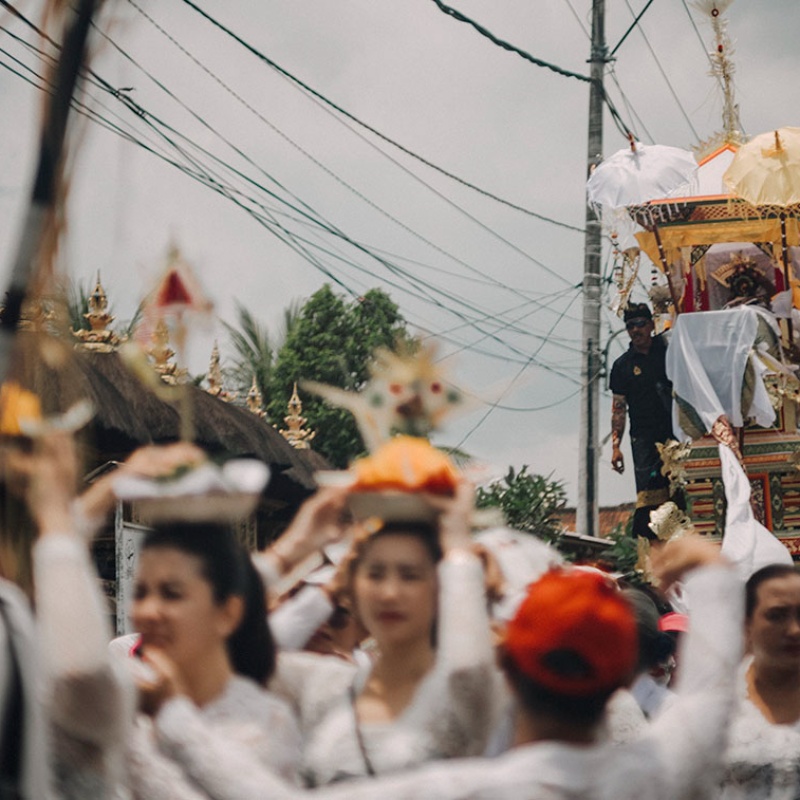图片来源: Shutter Leaf Productions
每天午后,噼里啪啦的麻将声从青葱的主教山传来——主教山与香港人烟最稠密的地区只有数步之遥,山顶曾经有个配水库,现时已经成为观光景点——在这个历史建筑附近,有人正在搓麻将。


要找到这个“麻将馆”,必须走过黄竹夹道的泥泞路,绕过榕树的气根,沿途有长椅和桌子,全是附近居民带来的,与政府无关。这些居民大多是老人家,他们在树上即兴安装健身设备,把空地改建成“健身房”;此外还有摆满捐赠神像的小寺庙和栽种花卉、香草和蔬菜的小花园,甚至乒乓球桌。


主教山的“设施”并非万中无一。这些“自制娱乐空间”数量众多,民间自发组织TrailWatch开始进行研究,并记录香港各区的“屋企后山”(意即“家的后山”)。在TrailWatch重点研究的11个后山空间的步行范围内,有超过150万个居民,而香港其他地区还有更多后山空间,多半坐落于住宅高楼和郊野公园之间的衔接位置。其中一个后山空间更设锦鲤池,由附近的老人打理。


当然,这些非正式休闲空间和香港长者(占本地人口四分之一)的身心健康没有明显的直接关联。但是,这些空间非常受欢迎:根据TrailWatch的观察,最受欢迎的后山空间每周人次高达1,500人。对“常客”来说,它们的重要性不容忽视。这些空间让退休人士保持强健体魄,同时也是社交场所,以及让他们自由安排的环境——和香港市区常见的狭小单位和严格规管的公共空间相比,这无疑是焕然一新的转变。

城市规划师和政策负责人不能无视这些后山空间,而现时的挑战在于如何与香港长者群体合力管理——或许采用共创设计的模式,就能正式地葆有基层群体的独特创造力。

此类空间其实早有先例。许多香港郊野公园的“晨运径”(意即“清晨的运动小径”),原先是长者在清早运动时走的非正式小径;同样地,很多“晨运园地”也是这样诞生的。后山小径的起源类似,但是功能更多:每个非正式结构都是长者维持身心快乐、身体健康的必要元素。





